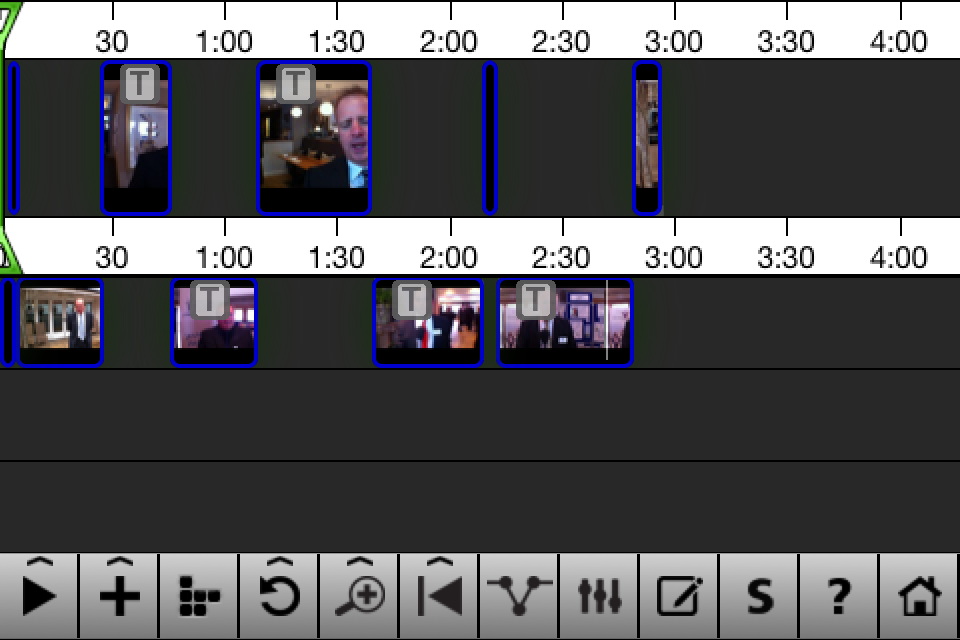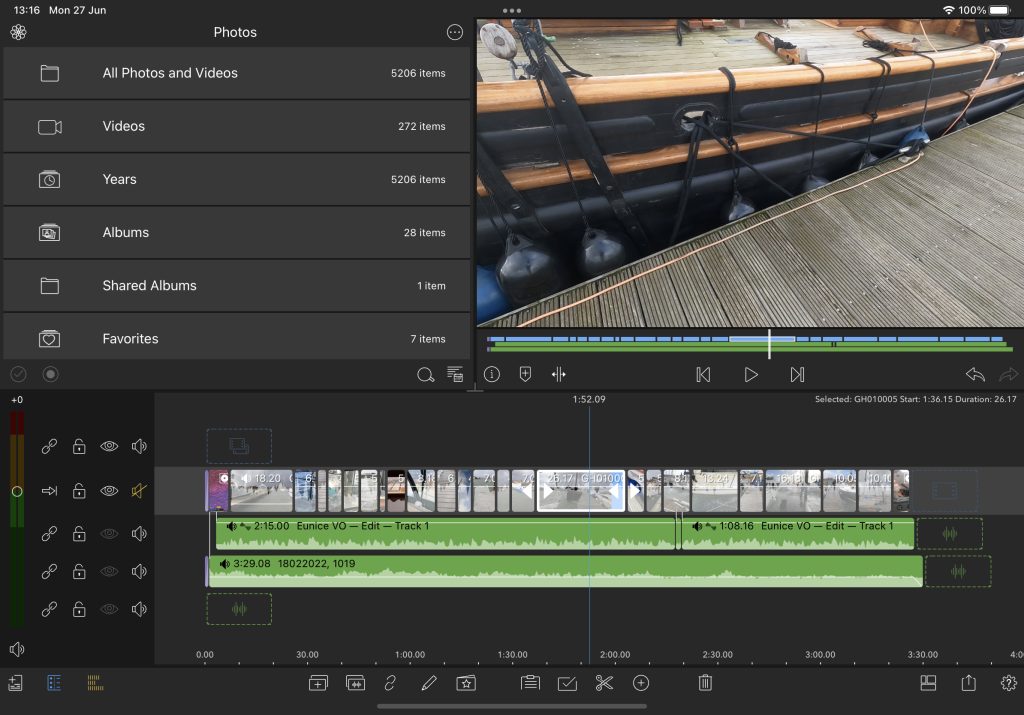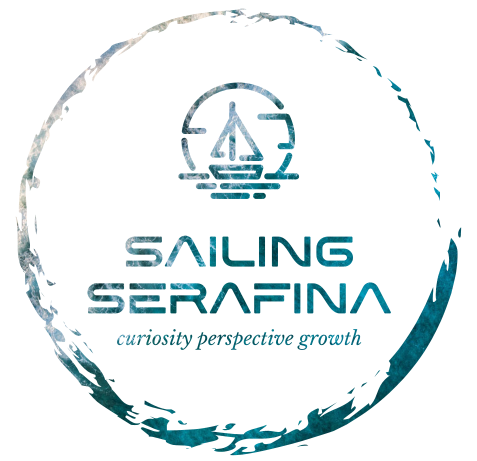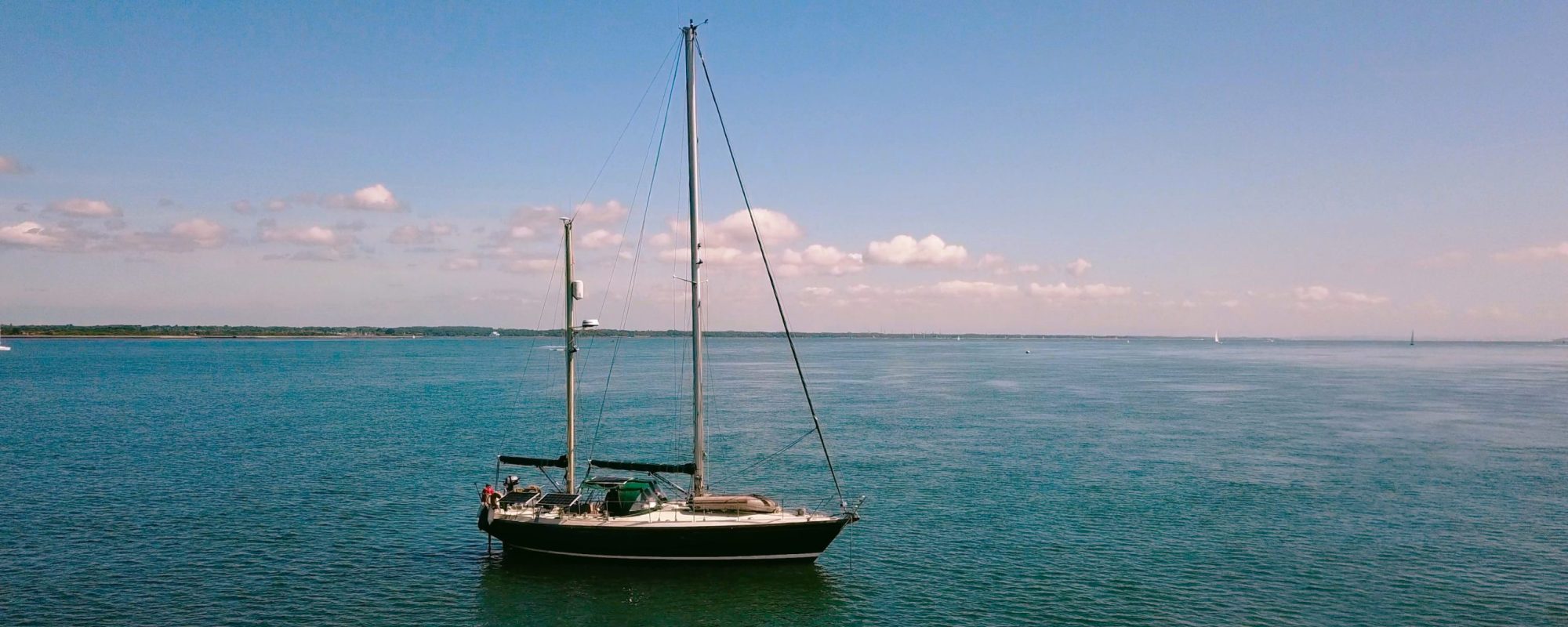At this point in my life I want to be free. I have a single ambition to live and work from an ocean-going sailing yacht. This weaves three strands into a braid that both scares and thrills me. Serafina is a strong and seaworthy sailing boat and I want to cross oceans and visit faraway places. Putting my skin in the sustainable living game is a duty, but a splendid one. Intentional stories impact minds, I want to tell them with video, it’s a privilege.
These are things matter to me. Sailing is the last freedom. When heading offshore in a small boat the skipper is totally responsible for any accompanying souls. Knowing every piece of equipment and taking the means of repair or redundancy are part of this. Freedom is proportional to the responsibility you take on.
Confronting your perspectives with those of other people is part of growing, and the recent adoption of solar energy has changed so much for me. I take a lead in mindset from Jose ‘Pepe’ Mujika, a former freedom fighter and then president of Uruguay. He set a moderate example that shamed other premieres, so they called him poor. His thing was frugality and he lived adequately without the pomp and self-aggrandisement of most political leaders. They just don’t understand Mujika’s approach, which is probably why we humans have such a terrible effect on the planet. Freedom is proportional to the frugality of your consumption and possessions.
Learning to find and tell great intentional stories is a life’s work. Without knowing it explicitly, I have always been drawn to this type of story.
I’ve read books and seen films that blew me away. But I can’t remember how well or badly the films were shot, nor how good the editing was. All I remember was being totally absorbed in the story.
Pride and Prejudice, Lord of The Flies, To Kill a Mockingbird, Brief Encounter, The Pelican Brief, Casablanca, When Harry Met Sally, Legally Blonde. Amongst others, they had me spellbound. I was drawn into a world where people with strong desires were confronted by an obstacle, a conflict. How would that work out? They went on a journey to a resolution that was either a good or bad success or failure…
The magic of the films is their story. Beautiful photography and great sound seamlessly woven by gifted creators all help. But if the story is weak, forget it.
So, I was drawn to study story and its telling. When I worked in TV, I thought I knew how to make stories. But my completing education came in 2000 when a company I worked for went pop. Like many DotComs it did not deliver any real value and so disappeared, tearing up a paper fortune as it faded into old news. I started a novel about it, but what exactly is a story? I didn’t know. That was a rabbit-hole! I researched story theory and found much that was of little help. Heroes’ Journeys are one special case, no more. Story is both as deep and wide as it is misunderstood. But I also found Dramatica Theory – a scientific theory of story. Freedom is proportional to the power of your storytelling.
For a while, and until my mother developed dementia, I started a production company. The work we were asked to do was mostly just the basic stuff; a conference highlights video that nobody would watch. A wedding like all the rest – bride prep, groom nerves, arrival at the Lych gate in a Rolls Royce etc etc. Although on the way to better stuff it was mostly predictable and boring work! Some people think they want a video. Smart people know they need what a video can do.
So what is a story? There are several species such as anecdote, fable, allegory, myth, parable and others. The most powerful is an intentional story.
Intentional stories make an argument for the solution to a problem. Pride and Prejudice makes Austen’s argument for how to marry well. Sicko makes Moore’s argument for better healthcare systems in the US. When we see a personable character with a strong desire who runs into a conflict we wonder what happens. How does it turn out? If we are taken on a well structured journey where the character sets out to resolve the issue then we fall deeply into the story. We are transported into the story world.
Plenty of science has been done on story; amongst other work, studies of the neurotransmitters involved and testing audience responses to true and fictional stories. Humans apparently process stories in the same way as they process experience. Intentional stories can change perspectives.

As my mother became more dependent I had to stop working. As phones became ubiquitous, they developed into far more capable tools that could shoot, edit and upload media. This changed things for me. It became clear that a powerful story that was made within the limitations of a smartphone was a better thing than a beautifully shot directionless anecdote.
So I began to use my phone and simplified the process using what I had learned from Dramatica Theory. This produced pithy little pieces that were easy to make and publish in a short time. This is one of my early efforts:
There is a belief that you need expensive cameras, operators and post-production paraphernalia for any sort of serious video. Feature films and television demands them. But consider ‘Unsane’, Steven Soderbergh shot a feature film on iPhone 7s. Then he made ‘High Flying Bird’ for Netflix the same way. He plans to do more work like this. So, simple technology should be no impediment to organisations needing to become regular media organisations – and that’s just about all of them.
Video works best when published frequently, but this gets expensive if made traditionally by hiring a production company. However, the literacies of shooting and editing are not hard to acquire and the equipment for both activities is cheap. You can see the evidence of this on YouTube, the world’s second largest search engine. The other truth you’ll find is that savvy communicators develop huge followings, enough of them sustain a good living. There are many excellent sources of free creator training on YouTube.
Author, Flannery O’Connor once remarked “Everyone knows what a story is until they sit down to write one”. And you can see the truth of this everywhere media is published. Storytelling is a specific skill.
One thing lead to another, and my mother died just before C-19 hit. So, I was released back into the wilds of my own life again. Lockdown meant work was not possible in a traditional form but options emerged from need. I did some innovative storytelling courses, which led to some experimentation of my own. I steered one or two people towards free online training for phone camera and editing apps. I helped them with story development that they shot and edited.

Traditional production mandates that the lion’s share of time is spent on filming and editing. Building in some front-loaded pre-production made it possible to be far more intentional with what to shoot. No more trying to find the story in the edit. Knowing the story before shooting saves masses of wasted time on stuff that will never make it into the final film. It also makes editing much easier.
I am developing a service that delivers cost effective self-production to clients. First, explain an overall production process and how it can apply to them. Then a lead them to some excellent free training on YouTube to give them the basic skills they need. Third will be a mentoring service. But most importantly, I’ll help them to find the most powerful intentional stories to fulfill their communication objectives.
This is a sustainable creative partnership where they make the physical content they need and I facilitate things remotely and at very much lower cost to them than hiring a production company. My service has its own area on this site.
So, as Serafina and I come out of refit and start to cruise seriously, I aim at helping marine environmental innovators to find the most useful story they can tell given their objectives. I’ll be the Story Fiinder, they’ll get a story that makes an argument for their solution to a problem confronted by their target audience. This is so much better than the all too common “We’re great, buy our sh*t!” assertion. It is a strategic approach to communication with video. Pretty much the same thing works for podcasts etc.
All comments can be made on Serafina’s Facebook Page.

